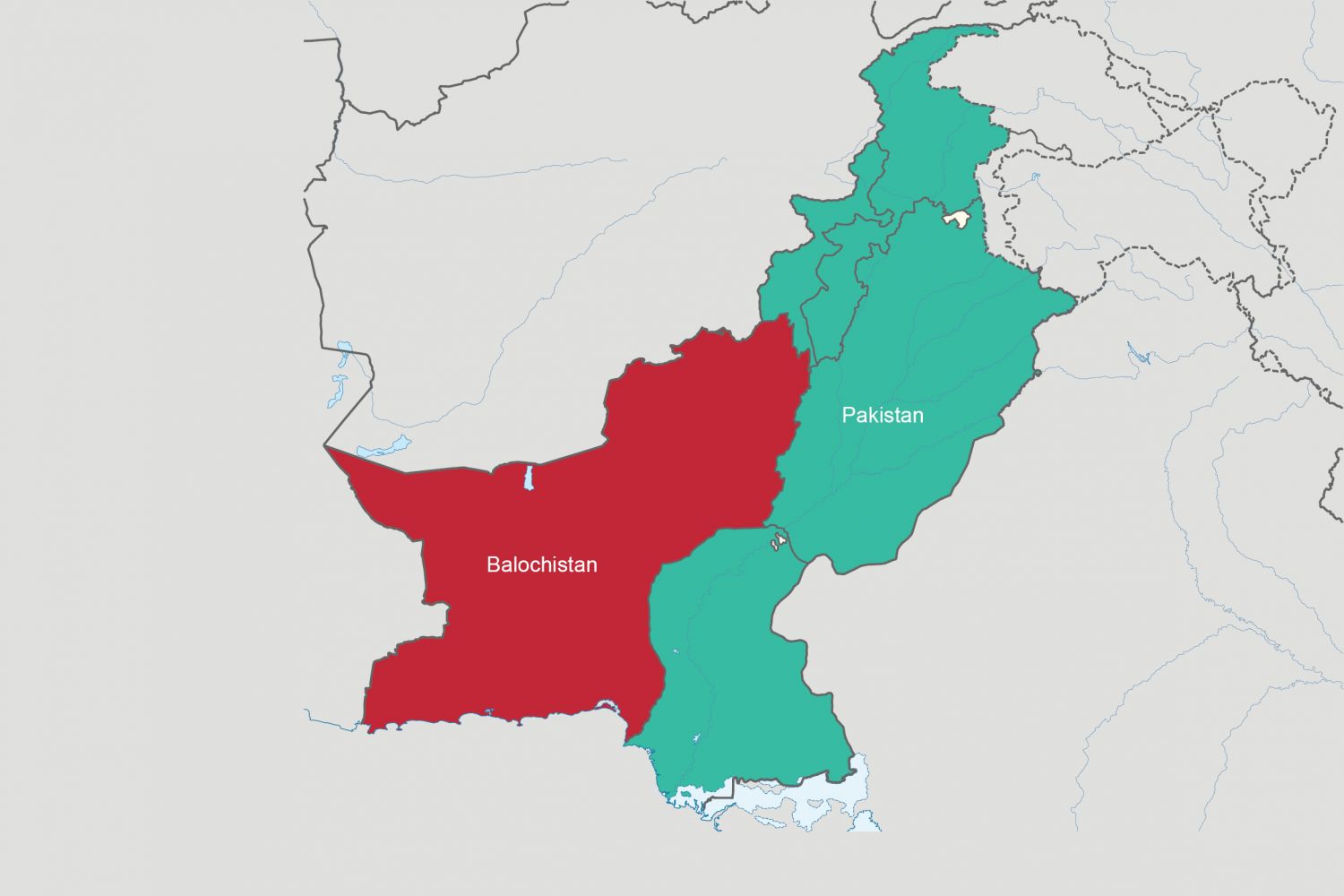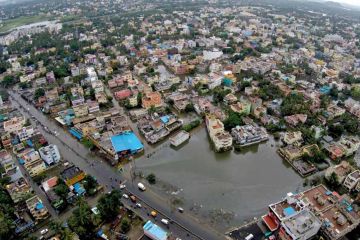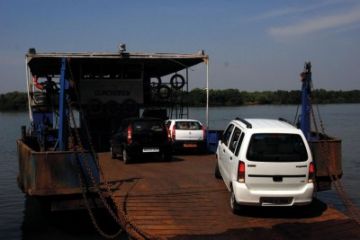
Pakistan, from inception, is a country wracked by violent
dissent often bordering on civil war. It lost half its territory after the
secession of East Pakistan (Bangladesh) but the problem doesn’t go away. Indeed
the oldest resistance to Islamabad is not Bengali but Baloch in origin. There
have been five major conflicts in Balochistan province, starting from the Raj
days. The fifth and latest has continued for more than a decade, from 2004 to
the present day. The reasons are a complex and





